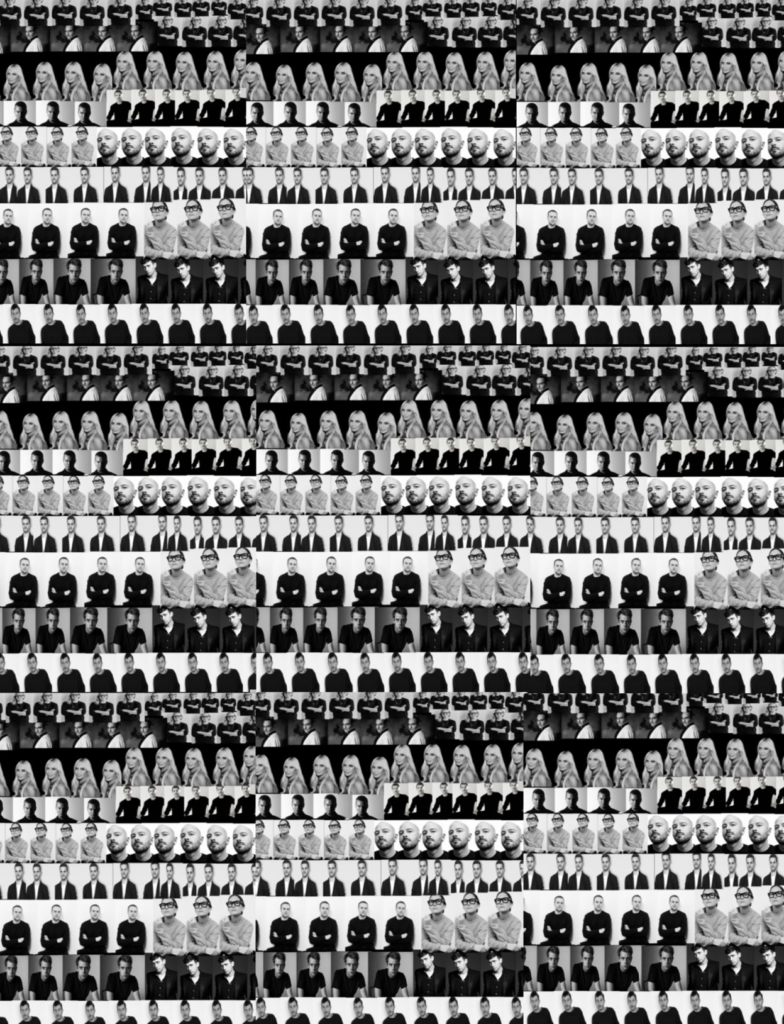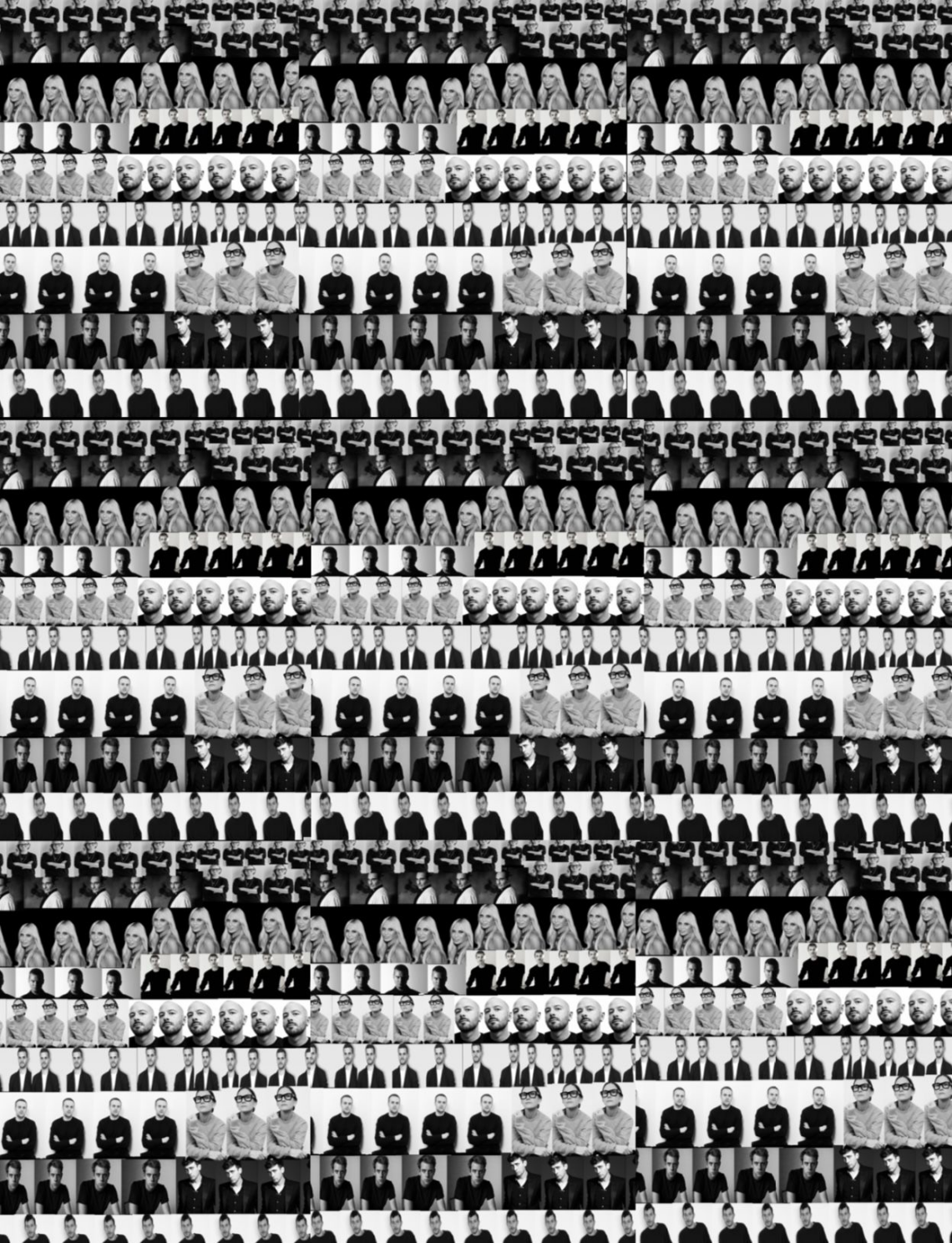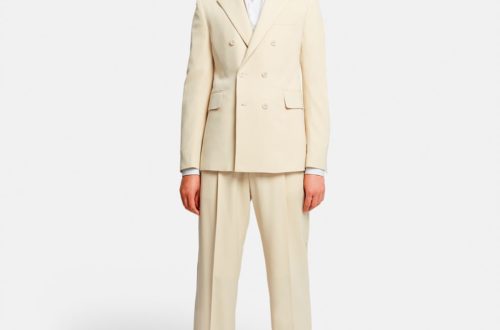
The Designer Domino Effect: When One Falls, Who’s Next?
In recent years, the constant shuffle of creative directors has sparked controversy, affecting fashion houses both financially and artistically. This ongoing reshuffling raises critical questions about creativity, branding, and the future of fashion.
Some may argue that these changes reflect the industry’s natural evolution, with brands seeking fresh perspectives to navigate contemporary challenges. However, I believe that this constant turnover has reached a point where it no longer serves a meaningful purpose. What once brought fresh energy, innovation, and dynamism has now become a sign of discontent, inconsistency, and a desperate search for direction and identity. In the past, creative directorship was a long-term position held by visionaries like Karl Lagerfeld at Chanel, Tom Ford at Gucci, or John Galliano at Dior. Now, it has become a short-term role, with many designers remaining in their positions for only a few years before being replaced.
In my opinion, the frequent rotation of creative directors is a double-edged sword. While it has the potential to underscore the dynamism and adaptability of the house in this contemporary century, the loss of brand identity and consumer loyalty outweighs these potential benefits. A brand’s identity should reflect its philosophy, boundaries, aesthetics and values. The constant change of creative directors leads to lack of clarity in brands’ identity in addition to inconsistent branding. This inconsistency confuses consumers and weakens brand loyalty. When a brand continuously alters its aesthetic, customers no longer know what to expect. In most cases, loyal clients who connected with a brand’s previous direction feel alienated by the new style. Burberry, which under Riccardo Tisci adopted a modern, streetwear-heavy approach that distanced traditional Burberry customers. When Daniel Lee took over, he attempted to reintroduce heritage elements, but the effort was largely unsuccessful. The brand still struggles to define a clear identity. Similarly, Gucci’s transition from Alessandro Michele’s maximalist aesthetic to Sabato De Sarno’s more minimalist vision resulted in declining interest among younger, fashion-forward audiences, leading to a significant drop in sales and market position.
Additionally, when brands prioritize trendy aesthetics over their core DNA, they risk becoming fast-fashion imitators rather than maintaining their status as luxury houses. This damages brands’ prestige and makes it harder for them to establish a lasting impact. Balenciaga, under Demna, embraced meme culture and viral fashion. While this approach initially gained success, the brand now struggles to define a long-term aesthetic beyond short-lived hype.
Luxury brands need a cohesive narrative to maintain emotional connections with their audience. However, when a brand’s visual identity, campaigns, and collections frequently change, it becomes difficult to establish a strong, recognizable presence. A brand suffering from this issue is Givenchy, which has shifted its creative direction multiple times over the past decade, making it unclear what the brand represents today.
Luxury houses have rich histories that set them apart from mainstream fashion. I believe that if a brand strays too far from its origins, it risks losing what made it iconic in the first place. A relevant example is Celine, which under Hedi Slimane moved away from the minimalist, feminist-driven aesthetic established by Phoebe Philo. While Slimane’s rock-chic aesthetic has its own following, many former Celine customers abandoned the brand in favor of The Row or Bottega Veneta, feeling disconnected from the house they once loved.
In my view, the most damaging consequence of the creative director shuffle is the industry’s over-reliance on a designer’s personal brand. This not only undermines a fashion house’s identity but also places the designer’s persona above the brand itself. While such an approach may bring short-term commercial success, the long-term consequences can be severe. When a brand becomes too attached to a single designer’s vision, transitioning to a new creative director becomes significantly more difficult. Alexander McQueen has faced serious identity issues since Sarah Burton’s departure because the house was so closely linked to her interpretation of McQueen’s legacy.
Without a doubt, the endless search for new creative directors is fueled by financial pressure, fast-changing industry trends, and mismatched visions between designers and corporate executives. However, these challenges should not be used as excuses to create an atmosphere of constant inconsistency. Instead of alienating themselves from their legacy, brands should adopt long-term strategies that ensure stability.
Fashion houses should focus on giving designers enough time to develop a strong, consistent aesthetic, fostering brand loyalty, and balancing creativity with commercial viability. The industry must return to an era where designers and brands evolve together, rather than forcing abrupt changes that leave brands struggling to find their identity.
By Defne Erkan
Sources:
https://www.istitutomarangoni.com/en/maze35/community/creative-director-changes-fashion -2025
https://www.grazia.my/fashion/luxury-fashion-creative-directors-reshuffle-news/ https://www.highsnobiety.com/p/2024-2025-creative-directors/
luxury-fashion-betting-designer-reshuffles-faces-tricky-road-ahead-2025-03-20
https://www.designscene.net/2025/03/a-quick-cheat-sheet-to-creative-director-changes-in-fas hion.html
https://www.elle.com.au/fashion/fashion-news/fashion-designer-changes-who-are-creative-dir ectors/






